Living dance is a 1st Generation dance that is still performed in the country of origin (or immigrant communities) as part of a social event like a wedding where others can participate (not for an audience) by people who learned the dance informally (from friends and relatives by observation and imitation, not in a classroom situation). For more information, click here and here.
Tsakonia is the name of a region within the Peloponnese, which is itself a region of Greece. Its best-known dance is called, appropriately, Tsakónikos.
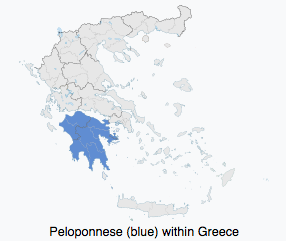
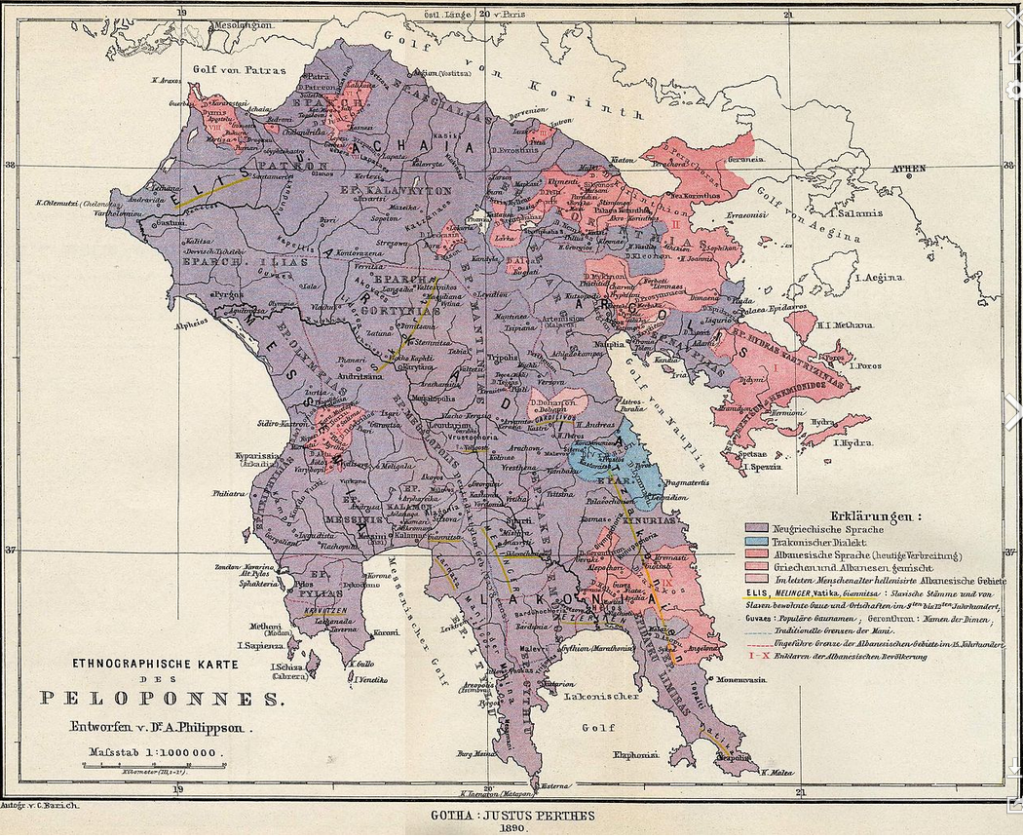
Tsakonia is the small area in the eastern Peloponnese where the Tsakonian language is spoken. Tsakonian is highly divergent from other varieties of Modern Greek and mutually unintelligible with Standard Modern Greek. Geographical barriers to travel and communication kept the Tsakonians relatively isolated from the rest of Greece until the 19th century, (although there was some trade between the coastal towns), aiding the preservation of the language, and even hindering the conversion to Christianity (not until the 9th century) from pagan beliefs. It is the only living descendant of the Doric Greek dialect (the dialect of ancient Sparta), and the only idiom coming from ancient Greek dialects which has remained alive in Greece. The dialect is considered endangered, with the present estimate of a speaker count between 200 and 1,000. Most Tsakonian descendents today speak Standard Modern Greek, the language of education, government and commerce. Tsakonian is spoken today (2007) by the elders of villages where there is a Tsakonian population (in Tyros, Leonidion, Astros, Sapounakeika, Melana, Aghios Andreas, Pramatefti, Vaskina, Livadi, Sambatiki, Prastos, Sitena and Kastanitsa). Alongside their own language, Tsakonians also have distinctive cultural traditions, such as a distinct woman’s costume, a unique variety of eggplant, and the Tsakonikos dance).
The isolation also made sea travel the customary mode, and trade a primary occupation. The major port of Tsakonia is the ancient town of Tiros: http://discover-peloponnese.com/placesdetails/tiros
Tsakonian costume
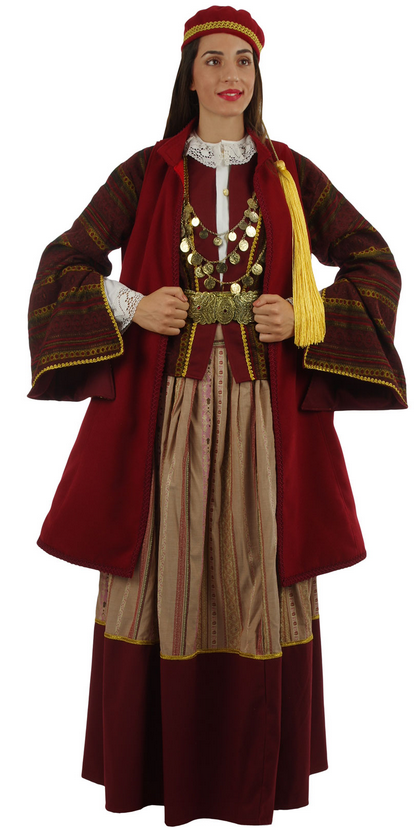
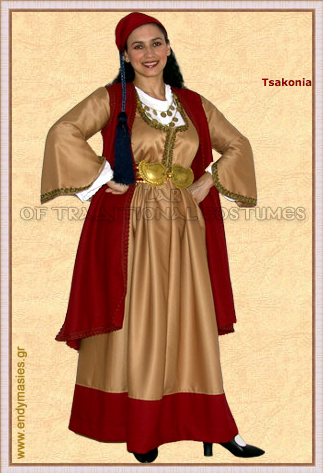
Tsakonian songs
Several “songs” can be used to dance Tsakónikos – all seem to have the same 5/4 or 5/8 rhythm and very similar melodies – it’s the lyrics that vary. Today the most popular lyric seems to be “su ipa mana, pandrepse me”. From this TV documentary, http://www.tsakonianarchives.gr/info/dance/ (Google translation) “Today we dance with the songs: “Supa mana pontrepshe me…” marry me [make me a] housewife, take care of me, and in foreign countries do not [send] me, mother, you will regret it…”.. Of course, such a thing cannot be accidental since the content of the specific song refers to the exile and the separation of the daughter from the mother and her place (Cheilari 2015). It is a given that exile had sealed Tsakonia not only in the 19th century, with the transition to a better fortune in America, but historical sources report relocations of Tsakonians to Constantinople even from medieval times.In its homeland the dance is often known by the name of the lyrics. The dance became known as Tsakónikos when scholars from “outside” started collecting the dances of Greece, identifying them by their location.
Interpretation: Giouli Tsirou, 1980
This is the clearest transliteration/translation:
// Su ipa, mana, kale mana
su ipa mana, pandrepse me //
// su ipa, mana, pandrepse me
spitoniko kirepseme //
// Yeron andra, kale mana
yeron andra mi mu dhosis, //
// yeron andra mi mu dhosis,
yati tha to metaniosis //
// Yati o yeros, kale mana
yati o yeros ta ‘ksetazi //
// yati o yeros ta ‘ksetazi,
sto psilo ta loghariazi //
//I told you, mother
to marry me to someone,//
//to marry me to someone,
so that I would become a housewife.//
//But on no account
marry me to an old man,//
//marry me to an old man,
because you’ll regret it.//
//Because an old man
is always examining everything,//
//is always examining everything,
and has nothing but words.//.
An alternate translation: "Because an old man, oh mother, is petty and bothered by little things."
From the same TV documentary, http://www.tsakonianarchives.gr/info/dance/ (Google translation) other songs include “Kinisan ta tsanopoula…”, “Mantas”, “Birbilomata”, “Simeris vgika na haro…”, “Apatza to Marasia…” (i.e. opposite the Fennel). In the past, we used to meet other songs, such as: “Your tiles are dripping…”, “Down in the holy orchard…”, “My vine is a broad leaf…”, “Fegki will live to get married…”. According to local informants, the songs that accompanied the much-loved “Tsakonian” dance were sung in the Tsakonian dialect, but over time and the introduction of new songs, they were forgotten.”
For more lyrics, click: https://folkdancefootnotes.org/music/lyrics-english-translations/tsakonikos-su-ipa-mana-kinisan-ta-tsanopoula-english-lyrics/
For sheet music, click: https://folkdancefootnotes.org/music/sheet-music/tsakonikos-sheet-music/
The origin of the Tsakónikos Dance
..The Tsakonian dance is executed with the right arm of one dancer hooked tightly in another’s crooked elbow. In this way, lateral movement is limited.
“Tsakonians dance as a single ensemble, melody, rhythm and dance, is perhaps the only sample of ancient Greek music that has survived to this day and this is because it is a sacred cult dance. This closed dance with the serpentine circuits, turns, spiral folds and unfolds is considered to be a representation of Theseus’ attempt to get out of the Labyrinth and that it is the “crane” dance described by Plutarch. Tsakonian dance was transferred by the Minoans [of ancient Crete – DB] to the region of Laconia. In the time of the Ancient Religion the dance was dedicated to Apollo, whose worship prevails throughout Kynouria [Tsakónia – DB].“ Quote found here: https://www.youtube.com/watch?v=JOb8coHtSww&list=RD0JbS9CdLs6o from commentary on a YouTube of an Athenian TV show, featuring what appears to be a local troupe from Tsakonia.
The origin of the dance has provoked many interpretations. They are discussed in detail here: Abstract from the book of Philip Bekyros and Helen Tsaggouri “The Dance of Tsakonia” found at this site: http://users.otenet.gr/~apelon/origin.htm
In a TV documentary on Tsakónikos, this comment was offered (Google translate) “Thus it is speculated that the Tsakonian dance began as a magical-religious ritual, where the faithful praise the god Apollo and make a challenge-invitation of his presence. Over time, it sheds many of its magical elements and is transformed into an identity symbol, signifying the continuity of community, common “belonging”, common origin and common destiny.”
Yvonne Hunt, in her great book “Traditional Dance in Greek Culture” has this to say about the controversy: “Here we have two different popular beliefs linking the dance with the ancient past, either one of which could be right or wrong. What does seem to be certain is that the village version little resembles the very stiff, stylized presentation of the majority of the performing groups.”
Tsakónikos today
From the documentary, http://www.tsakonianarchives.gr/info/dance/ in Google translation: “Tsakonian dance is a music and dance event, characterized by spiral and snake formations and is an element-symbol of the cultural identity of Tsakoni.
It is a heavy and majestic dance, characterized by the locals as “humble”, “serious”, “strict”, “austere” and “restrained”. It is the dance with which the festivities close, that is, it is the last dance, which is danced by everyone with due magnificence and “sanctity”, creating emotion and awe in everyone. The ostentatious figures and, in general, the dance exaggeration are reprehensible, because they violate the dance codes and its strict, mystical and ritual character.
It is danced by men and women, who are holding hands, very close to each other. The number of dancers can vary, but in each case must be more than fifteen, to show the shapes of the dance. The first dancer leads the group by turning the circular formation into spiral and serpentine formations.
Below are a couple of “village versions”, from villages within traditional Tsakonian territory. Note the mix of people in and not in costume.
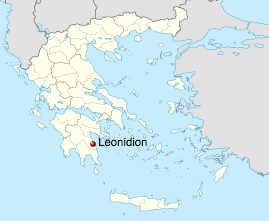
The Greek town of Leonidio, located in the Peloponnese region, is famous for its breathtaking landscape and archtitecture, unique dialect… and eggplants! Eggplants grown in Leonidio and the entire historical region of Tsakonia have the PDO (Protected designation of origin) status. The city even hosts an annual festival named Melitzazz (Μελιτζάzz) that is dedicated to local aubergines and the culture of Tsakonia.

The Tsakonian eggplant – which matures earlier than other eggplants – is the only eggplant that tastes sweet, thanks to its seed, the special features of this land and the microclimate of the area. Its surface is smooth and shiny. Its color is purple with stripes of light purple. Its length may reach 20-25 centimeters and its diameter 4-6 centimeters. It’s still grown according to traditional methods. The seed is taken from the eggplants and kept by the producers. It is dried in the sun and then used in the following season. The fruit is used in many combinations both in cooking and confectionery – eggplant sweet preserve being the most popular.
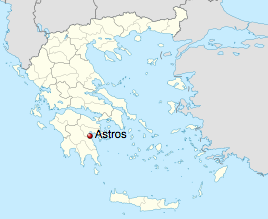
Beyond Tsakonia
Song by Diamantis Roumeliotis, George and Nikolas Dalianis
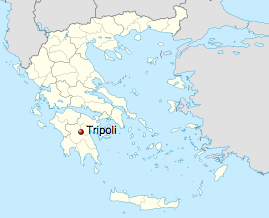
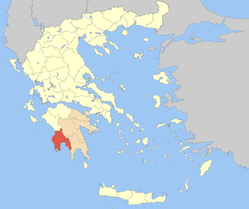

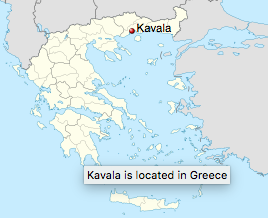
Comments:
John Uhlemann wrote: “I remember learning this 45 years ago in St. Louis. They had learned it from the late Dennis Boxell, and it is on that old 3-LP set of Greek dances on Folkraft. It had been presented as the oldest proven Greek dance.”
